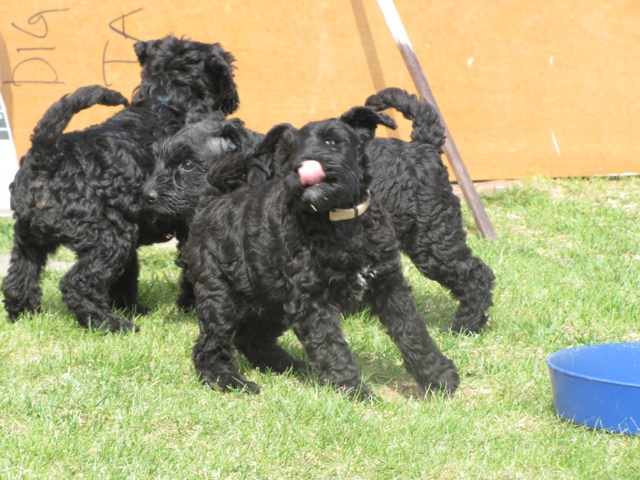Christmas in sweden
Christmas celebrations in Sweden has elements of pagan, Christian, Norse and Germanic traditions from the Viking age and beyond. With Sweden's Christian spirit in the mid-1100s began the Christian and pagan traditions of the mix. Most modern traditions come from the 1800s and 1900s. Around the middle of the 1700s came the first clad trees in Sweden. In the 1800s it became increasingly common Christmas tree in the bourgeois home and you start to import the German Christmas tree ornaments. In Ersta diaconal office in Stockholm started in 1870 that each Sunday in Advent lit seven candles in a fir tree. 1920-1930 was replaced Christmas tree with Christmas candleholder with four candles.
Christmas in Sweden is a Christian tradition that commemorates the birth of Jesus. Christmas is celebrated in Sweden, especially on Christmas Eve December 24th and lasts until the twentieth day of January 13. According to the saying Tjugondedag knot dance Christmas out. The Swedish Christmas tradition stands out against many other countries, such as the U.S., it is Christmas Day (December 25) which is the big day.
Before Christianity was celebrated in Sweden julblot to celebrate the short midwinter's day. Julblotet occurred in mid-January and in line with Sweden was Christianized julblotet lost their status. Some of the pagan traditions survive, however, in pre-Christian form of Christmas.
For many Swedes, since the late 1800s Christmas but rather a cultural tradition than a religious holiday.
Christmas is associated with Lucia, Christmas gifts, gingerbread and Christmas, and is usually clean, candles, put sausage, cook toffee and other candy, check out Christmas decorations and decorating a Christmas tree. On Christmas Eve, many of the midnight mass, or on Christmas Service on Christmas morning.
Around the middle of the 1700s came the first clad trees in Sweden. In the 1800s it became increasingly common Christmas tree in the bourgeois home and you start to import the German Christmas tree ornaments. Today it is usually dressed in the days before Christmas. In Ersta diaconal office in Stockholm started in 1870 that each Sunday in Advent lit seven candles in a fir tree. During the 1920 - and 1930's were replaced with Christmas tree Advent candle holder with four candles. It has since become common for churches also have a dressed pine at the altar, to symbolize the tree of life in Paradise.2010 estimated that every fifth tree in Sweden stolen.
Christmas presents under a Christmas tree
Christmas began to be circulated during the 1600s. Tradition gave the dealer sneaked up to the recipient's door that they loudly knocked on, threw in the present, often with a joke or vicious rhyme, through the door and then run away - which is the origin of the word "Christmas". During the 1700s began to write rhymes to friendly packages which is a tradition derived from ancient Rome. Often were distributed New Year gifts instead of Christmas gifts. On Christmas was, instead, extra generous to those who had it worse, such as farmhands and maids, poor, and animals. New Year's gift and Christmas gift, the little meaner, was later to be merged into Christmas gifts. During the 1700s the tradition spread out that it was Christmas Goat handing out the presents. Christmas Goat was a saint, St. Nicholas companion. The celebration of St. Nicholas had disappeared in the Reformation, but the Christmas Goat survived by julsymbol. In the 1800s, was gingerbread and mulled wine, a part of the Swedish Christmas tradition and the color red to be important. Around the end of the 1800s began to Jenny Nyström issue cards with a new type of brownies and Swedes begin sending Christmas cards. Around the middle of the 1900s begins special Christmas stamps to be issued. At the end of the 1800s also began the confusion of St. Nicholas / American Santa Claus, Christmas Goat and the Swedish farm land which was to become Santa Claus, who took over the Christmas distribution.
Christmas food
Christmas dinner that includes pickled herring, jam, ham, grits sausage, pie, baked beans, Jansson's temptation, omelets, sausage and meatballs.
In by far among the Christmas food in Sweden is Christmas Eve Christmas dinner, which also served a long time before Christmas in restaurants. Christmas dinner consists of many different foods. Dishes based on pork dominates, such as the Christmas ham, Christmas sausage (sometimes in the form of grits sausage), toast, meatballs, fried sausage and dip into the pot. In addition, various fish dishes frequently, especially pickled herring, but also salmon, lutefisk, to which the white sauce is not unusual. Christmas dinner starts with happy snaps with mumma or Julmust with food.
Although rice pudding, round grain rice slowly cooked in whole milk for many hours, eaten at Christmas. The milk may well improve with a dash of cream. The porridge is often blanched almonds. The person receiving the almonds predicted to be married in the coming year. Especially in the late 1800s, there was also that it was down a bitter almond in the porridge. Anyone who got bitter almonds would, in contrast to sötmandeln, not being married in the coming year. During that time, with intended almond oath mainly the unmarried girls. If all the house girls were married, they could instead have an almond gift. In the farming community it was important to set a plate of BOILED RICE PUDDING outdoors, intended to keep the brownie in a good mood. Of rice porridge that is left is Rice à la Malta.


Comments